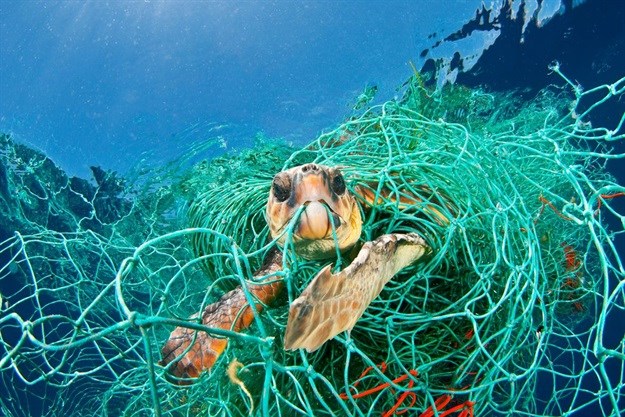






The report, which comes out every two years, presents a sobering picture of the impact of human activity on the world’s wildlife, forests, oceans, rivers and climate. It underscores the rapidly closing window for action and the urgent need for the global community to rethink and redefine how we value, protect and restore nature.
Through indicators such as the Living Planet Index (LPI), provided by the Zoological Society of London (ZSL), the Species Habitat Index (SHI), the IUCN Red List Index (RLI) and the Biodiversity Intactness Index (BII), as well as Planetary Boundaries and the Ecological Footprint, the report paints a singular disturbing picture – human activity is pushing the planet’s natural systems that support life on earth to the edge.
The LPI, which tracks trends in global wildlife abundance, indicates that global populations of fish, birds, mammals, amphibians and reptiles declined, on average, by 60% between 1970 and 2014, the most recent year with available data. The top threats to species identified in the report are directly linked to human activities, including habitat loss and degradation and overexploitation of wildlife.

Over recent decades, human activity has severely impacted the habitats and natural resources we depend on, such as oceans, forests, coral reefs, wetlands and mangroves. An example is that 20% of the Amazon has disappeared in just 50 years while the Earth is estimated to have lost about half of its shallow water corals in the past 30 years.
While highlighting the extent and impact of human activity on nature, the Living Planet Report 2018 also focuses on the importance and value of nature to people’s health and well-being and that of our societies and economies. Globally, nature provides services worth around $125tn a year, while also helping to ensure a supply of fresh air, clean water, food, energy, medicines and other products and materials.
The report also specifically looks at the importance of pollinators and how a changing climate, intensive agricultural practices, invasive species and emerging diseases have impacted their abundance, diversity and health.

“From rivers and rainforests, to mangroves and mountainsides, across the planet our work shows that wildlife abundance has declined dramatically since 1970. The statistics are scary, but all hope is not lost. We have an opportunity to design a new path forward that allows us to co-exist sustainably with the wildlife we depend upon. Our report sets out an ambitious agenda for change. We are going to need your help to achieve it,” says Professor Ken Norris, director of science at the Zoological Society of London.
Evidence shows that the two agendas – for the environment and human development – must converge if we are to build a sustainable future for all.
The Living Planet Report 2018 highlights the opportunity the global community has to protect and restore nature leading up to 2020, a critical year when leaders are expected to review the progress made on the Sustainable Development Goals, the Paris Agreement and the Convention on Biological Diversity (CBD).

WWF is calling on people, businesses and governments to mobilise and deliver on a comprehensive framework agreement for nature and people under the CBD, one that galvanises public and private action to protect and restore global biodiversity and nature and bend the curve on the devastating trends highlighted in the Living Planet Report 2018.
Chapter 4 of the report is inspired by a paper titled, Aiming higher to bend the curve of biodiversity loss, which suggests a roadmap for the targets, indicators and metrics the 196 member states of the CBD could consider to deliver an urgent, ambitious and effective global agreement for nature, as the world did for climate in Paris, when they meet at the 14th Conference of the Parties to the CBD in Egypt in November 2018.

The CBD CoP14 will bring together world leaders, businesses and civil society to develop the post-2020 framework for action for global biodiversity and thus marks a milestone moment to set the groundwork for an urgently needed global deal for nature and people.
Living Planet Report 2018 is the 12th edition of WWF's biennial flagship publication. The report includes the latest findings measured by the Living Planet Index tracking 16,704 populations of 4,005 vertebrate species from 1970 to 2014.